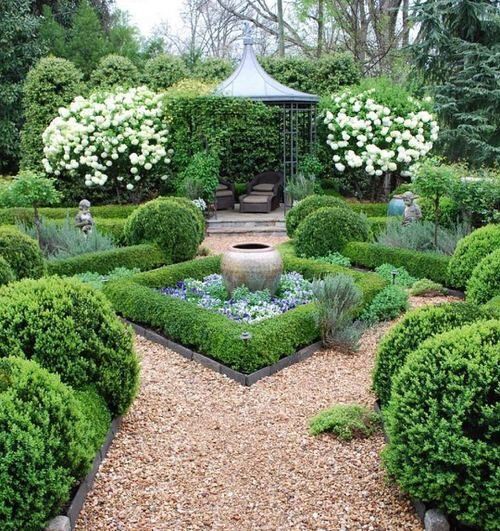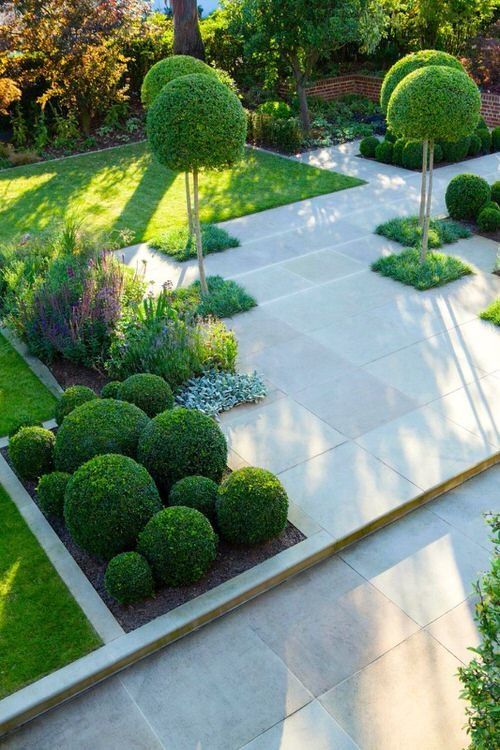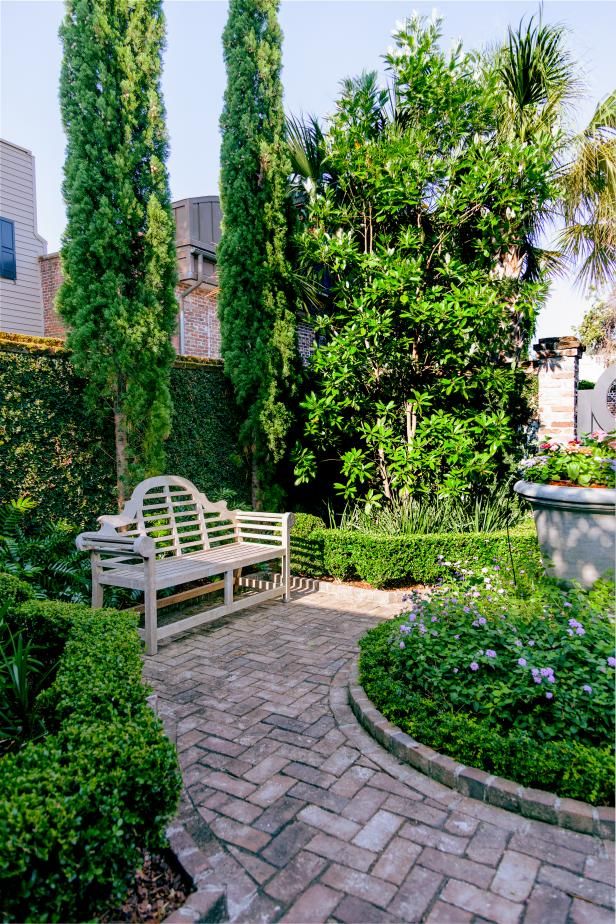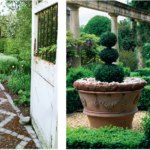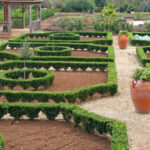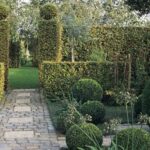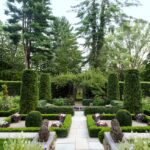Formal garden design is a style of landscaping that emphasizes order, symmetry, and carefully manicured elements. This type of design is often associated with European gardens from the Renaissance and Baroque periods, where gardens were seen as extensions of the home and were designed to showcase wealth and status.
One of the key features of formal garden design is the use of geometric shapes and patterns to create a sense of balance and harmony. This can be seen in the use of straight lines, right angles, and perfectly manicured hedges and topiaries. These elements work together to create a cohesive and structured look that is pleasing to the eye.
In formal garden design, plants are carefully selected and arranged to create a sense of order and control. Symmetry is often emphasized, with plantings mirrored on either side of a central axis. This helps to create a sense of balance and harmony in the garden, as well as a feeling of tranquility and calm.
Another hallmark of formal garden design is the use of focal points and focal features. These can include statues, fountains, or ornamental structures that draw the eye and create visual interest. These focal points help to anchor the design of the garden and create a sense of depth and perspective.
In addition to plants and hardscape elements, formal garden design often incorporates features such as pathways, alleys, and terraces. These elements help to create a sense of movement and flow within the garden, as well as providing practical pathways for visitors to navigate the space.
Overall, formal garden design is a classic and timeless style that can bring a sense of elegance and sophistication to any outdoor space. By carefully selecting and arranging plants, hardscape elements, and focal points, a formal garden can create a beautiful and harmonious oasis that is perfect for relaxing and entertaining.
 yishifashion Where Outdoor Dreams Become Reality
yishifashion Where Outdoor Dreams Become Reality
